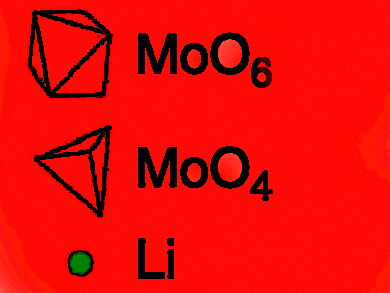In 1853, Gustav Wiedemann and Rudolf Franz found that the ratio of the thermal to electrical conductivities is approximately the same for different metals at the same temperature. Later this was explained by the spin and charge of electrons: When moving through a metal they cause an electrical current because of the moving charge and they carry heat through the metal via both the charge and the spin.
In 1996, C. L. Kane and Matthew Fisher made a theoretical prediction that if you confine electrons to individual atomic chains, the Wiedemann-Franz law could be strongly violated. In this one-dimensional world, the electrons split into two distinct components or excitations, one carrying spin but not charge (spinon), the other carrying charge but not spin (holon). When the holon encounters an impurity in the chain of atoms it has no choice but for its motion to be reflected. The spinon has the ability to tunnel through the impurity and then continue along the chain. Heat is conducted easily along the chain but charge is not, which gives rise to a violation of the Wiedemann-Franz law that grows with decreasing temperature.
Nigel E. Hussey, University of Bristol, UK, and colleagues now show experimentally that quasi-one-dimensional Li0.9Mo6O17, a purple bronze material, conducted heat 100,000 times better than would have been expected if it had obeyed the Wiedemann-Franz law.
Such a dramatic manifestation of spin–charge separation in a bulk three-dimensional solid offers a unique opportunity to explore how the fermionic quasiparticle picture recovers, and over what time scale, when coupling to a second or third dimension is restored. It also has potential from a technological perspective.
- Gross violation of the Wiedemann-Franz law in a quasi-one-dimensional conductor,
Nicholas Wakeham, Alimamy F. Bangura, Xiaofeng Xu, Jean-Francois Mercure, Martha Greenblatt Nigel E. Hussey,
Nat. Commun. 2011.
DOI: 10.1038/ncomms1406




